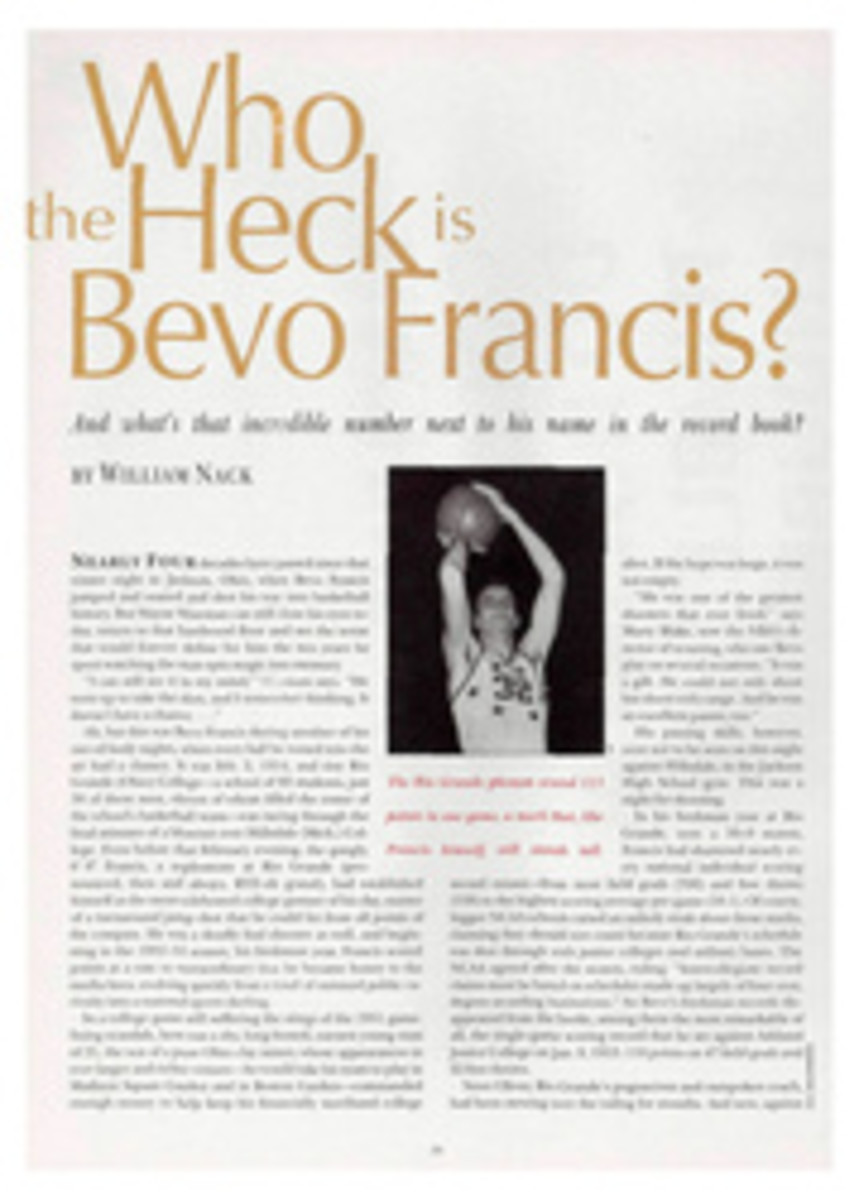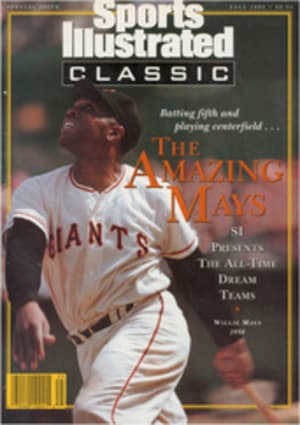
Hogan: One of a Kind
Ben Hogan was once described by Gene Sarazen as "perpetually hungry," which may explain why on the golf course Hogan smiled about as often as he whiffed. He won 62 tournaments, ' including nine majors, many of them after a near-fatal car accident in 1949 that left him hobbling on ailing legs for the rest of his career. In 1953, at age 40, he became the only golfer ever to achieve the Triple Slam—victories in the Masters, U.S. Open, and British Open in the same year. Hogan's boyhood fiend and longtime rival, Byron Nelson, once called him "the man who could play for glory better than anyone I've ever seen."
Hogan's stony countenance prompted Grantland Rice to write, "He's as soft as a fire hydrant." Seldom seen, though, was a kinder, gentler Ben. In the 1953 Pan American Open, rookie Gardner Dickinson shot a miserable 78 in the third round while paired with Hogan. The following week at Colonial, Hogan handed Dickinson a slip of paper on which was written: "Don't quit. This is my unlisted phone number. If you run out of money, let me know."
Hogan, who began his career as an 11-year-old caddie in Fort Worth, was renowned for being utterly self-sufficient on the golf course and taciturn with his caddies. It is said that the entire colloquy between Hogan and his bag carrier normally consisted of Hogan's asking the caddie's name at the outset of a tournament and ending the week with a sincere "Thank you." (He was reportedly equally economical with the tip.) He wasn't much more sociable with the competition. After losing to Hogan 10 and 9 in the 1946 PGA semifinals, Hogan's close friend Jimmy Demaret was asked what Ben had said to him during the round. Demaret replied, "You're away."
Dickinson once asked Hogan if he would submit to an IQ test. When Hogan refused, Dickinson surreptitiously asked him all the questions from the test over the course of a month and calculated that Hogan, a high school dropout, had an IQ of 170. Though he never took a golf lesson, Hogan understood the stroke as well as anybody who ever played. In his book Power Golf, the 5'8", 135-pound Hogan explained how, by pulling the club well away form his body and far back around his neck on the backswing, he attained the power of a much taller man. Ever the perfectionist, Hogan once dreamed that he made 17 consecutive holes in one. "I woke up when my drive on the 18th lipped the cup," he said, "and I was madder than hell."
Sam Snead always said that while on the Tour, he tried to avoid staying in the hotel room next to Hogan's because the thumping of Ben's endless putting practice in the middle of the night would keep Snead awake. Putting was always the toughest challenge for Hogan, who would stare down a line to the hole with an icy glare from beneath his trademark white linen cap. Wrote Jim Murray, the Los Angeles Times columnist, "The only thing that would give him away were the eyes, Gray-blue, they had a piercing quality. They were the eyes of a circling bird of prey; fearless, fierce; the pupil no more than a dot in their imperious center. They were not the eyes of a loser."
FIVE PHOTOS
JULES ALEXANDER

